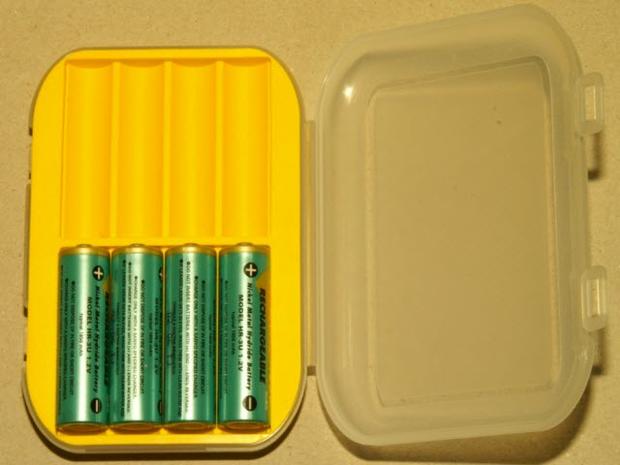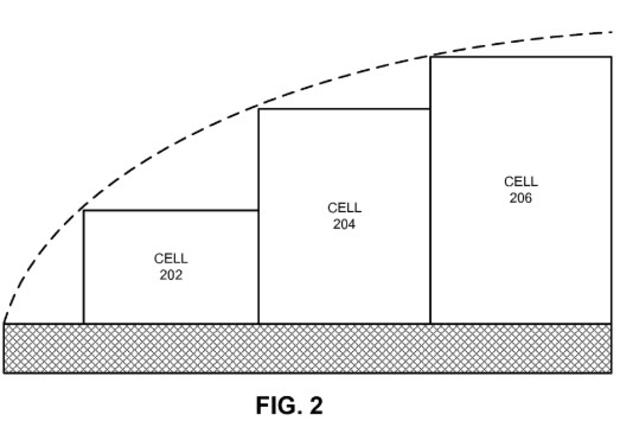Apple wrings new device shapes from battery tech
COMMENTARY When the iPhone 4S came out last fall, some people were disappointed that it looked like the iPhone 4 and didn't sport a more innovative form factor. No way to tell what the iPhone 5 will look like, but some patent applications from Apple (APPL) made public today show changes in one of the big limitations on device shapes: battery layout.
Non-rectangular batteries
Companies have made advances in the energy capacity and density of the batteries that run smartphones and tablets. But form factors have continued predictably to be either rectangular or circular. That may change, according to patent application 20120015236, titled Design and Construction of Non-Rectangular Batteries, listing Bradley Spare as the inventor. According to LinkedIn profile, Spare is a senior product design engineer at Apple who previously was a fuel-cell engineer at Toyota.
The idea is simple in concept (making you wonder why no one else had tried it). A battery cell would have "a set of electrode sheets of different dimensions electrically coupled in a parallel configuration, wherein the electrode sheets are arranged in a stacked configuration to facilitate efficient use of space inside a portable electronic device." The reason, according to the application's description, is that battery cells put limitations on device sizes and shapes:
For example, a six-cell battery pack may include six lithium-polymer cells of the same size and capacity configured in a two in series, three in parallel (2s3p) configuration. Within the battery pack, two rows of three cells placed side-by-side may be stacked on top of each other; each row may be electrically coupled in a parallel configuration and the two rows electrically coupled in a series configuration. Consequently, the battery pack may require space in a portable electronic device that is at least the length of each cell, twice the thickness of each cell, and three times the width of each cell. Furthermore, the battery pack may be unable to utilize free space in the portable electronic device that is outside of a rectangular space reserved for the battery pack.But if you change the sizes and shapes of the electrode sheets, you can create batteries that fit around other parts of the device design. As the application explains, batteries could be shaped like an L, a triangle, pie shape, cone, pyramid or doughnut. The image below shows a pie-shaped cell.
Batteries with different capacities
The other patent application is 20120015223, titled Battery Pack with Cells of Different Capacities. The inventors are Ramesh Bhardwaj, Taisup Hwang and Richard Mank.
These three names have appeared before in Apple battery patent filings, such as one for pressure-relief battery pouches or battery jelly rolls.
In this new patent application, batteries could have cells of different capacities as well as thicknesses or dimensions. The explanation of current battery limitations seems to be the same as in the other application. But how mismatches in capacities would work is conceptually clear.
Change a battery cell's capacity, and you change its size. Instead of having a collection of identical cells, a company could vary them -- still creating the same total voltage, but shaping the cells to better fit an irregular shape, as you can see in the below drawing from the patent application.
The combination of different shapes and sizes of cells means that Apple could effectively mold batteries around other components and fit them into leftover spaces, rather than designing a mobile device with the rectangular battery shape being one of the main constraints.
There is another implication as well. Good luck finding a replacement battery from anyone else. Not that you could open an iPhone of iPad to replace the battery yourself anyway.


